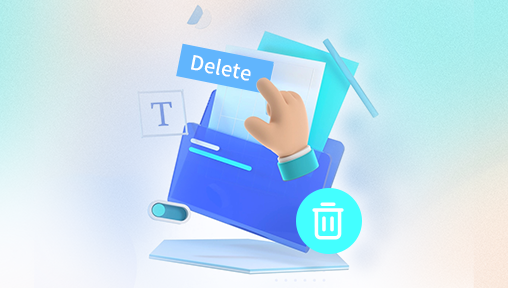Recuva is a popular data recovery software known for its user-friendly interface and effective recovery capabilities. The free version of Recuva allows users to recover an unlimited amount of data, but there are some nuances to consider. Here’s a detailed overview of its features, limitations, and best practices for using Recuva effectively.
Free download recommendation:
Drecov Data Recovery is your ultimate solution for retrieving lost or deleted files from various storage devices, including external hard drives, USB drives, and memory cards. Designed with user-friendliness in mind, our software provides a straightforward interface that allows both novices and experts to navigate easily. With advanced scanning algorithms, Drecov Data Recovery delves deep into your device, uncovering files that might seem permanently lost.
Whether you’ve experienced accidental deletions, formatting issues, or hardware failures, our software is equipped to handle a wide range of data loss scenarios. Users can preview recoverable files before restoration, ensuring that you retrieve exactly what you need. Additionally, the software supports multiple file types, making it versatile for various recovery needs.
Drecov Data Recovery prioritizes the safety of your data, ensuring that the recovery process does not compromise the integrity of your files. With regular updates and dedicated customer support, you can trust that you’re using a reliable tool. Download Drecov Data Recovery today and take the first step towards reclaiming your valuable data with ease and confidence.
Overview of Recuva
Recuva, developed by Piriform (now part of CCleaner), is designed to help users recover deleted files from various storage devices, including hard drives, USB drives, and memory cards. The software supports a wide range of file types, including documents, photos, videos, and more.
Key Features of the Free Version
Unlimited Data Recovery: Unlike some data recovery tools that impose limits on the amount of data you can recover for free, Recuva allows for the recovery of any size file. This means that as long as the data hasn’t been overwritten, you can attempt to recover it without facing a cap on the total amount.
User-Friendly Interface: Recuva’s simple and intuitive interface makes it accessible for users of all skill levels. The recovery process is straightforward, guiding users through the steps with clear prompts.

Deep Scan Option: For files that are not recoverable through the quick scan, Recuva offers a deep scan feature that thoroughly searches the disk for remnants of deleted files. This can significantly increase the chances of recovery for files that were deleted long ago.
File Preview: Users can preview files before recovery, which is helpful for determining whether the recovered file is the one you need.
Portable Version: Recuva also offers a portable version, allowing users to run the software from a USB drive without installation, which is particularly useful for recovering files from damaged systems.
Limitations of the Free Version
While Recuva provides substantial functionality for free, there are some limitations to be aware of:
Lack of Support: The free version does not include technical support from the developers. Users seeking help may need to rely on community forums or user guides.
No Virtual Disk Recovery: Recuva's free version cannot recover files from virtual drives, which may limit its utility in certain situations.
No Automatic Updates: Users of the free version will not receive automatic updates, which means they may miss out on enhancements and new features.
Basic Features Only: Advanced features available in the paid version, such as virtual hard disk support and automatic updates, are not accessible in the free version.
Recovery Process with Recuva
To recover data using Recuva, follow these steps:
Download and Install: Download Recuva from the official website and install it on your computer. Avoid installing it on the drive you want to recover from to prevent overwriting any deleted files.
Choose Recovery Type: When you launch Recuva, it will prompt you to choose the type of file you want to recover. You can select specific file types or choose "All Files" for a comprehensive search.
Select Location: Next, select the location where the file was deleted. This can be a specific folder, the whole drive, or an external device.
Scan: Start the scanning process. You can choose between a quick scan and a deep scan. The quick scan is faster, while the deep scan is more thorough but takes longer.
Review Results: Once the scan is complete, you’ll see a list of recoverable files. Files are marked with color codes indicating their recoverability (green for excellent, orange for acceptable, and red for poor).
Recover Files: Select the files you wish to recover and click the "Recover" button. Choose a location to save the recovered files, ideally on a different drive to avoid overwriting more data.
Best Practices for Successful Recovery
Act Quickly: The sooner you attempt to recover deleted files, the better your chances of success. Over time, the likelihood of the data being overwritten increases.
Avoid Writing New Data: Minimize writing new data to the drive from which you are trying to recover files. This includes avoiding installations, downloads, or file creation on that drive.
Use the Deep Scan: If the quick scan does not yield the desired results, utilize the deep scan option for a more thorough search.
Keep a Backup: Regularly back up important data to prevent the need for recovery in the first place. Consider using cloud storage or external hard drives for backups.
While there are some limitations regarding support and advanced features, the software's user-friendly interface and effective scanning capabilities make it a popular choice for individuals looking to recover deleted files. By following best practices and acting promptly, users can maximize their chances of successful recovery with Recuva.




